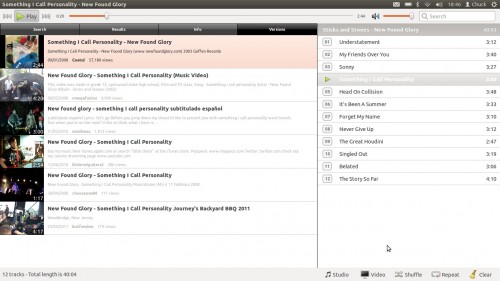


#GLYPHR STUDIO VERSIONS UPDATE#
Updated the overall Glyph Names list to reflect the Unicode v.11 update that landed June 2018.Thanks to GitHub user monolifed for contributing the feature! The ‘All Caps Font’ Global Action is now extended to (optionally) cover the Latin Supplement, Extended A,.If you design glyphs in the Basic Latin andĬombining Diacritical Marks ranges, then this action will use them to generate the Latin Supplement and New Global Action – Advanced Diactritical Glyph generator.
#GLYPHR STUDIO VERSIONS CODE#
Then you can copy the code and paste it directly to the edit canvas, or drag and drop an. Paste or Drag+Drop SVG straight onto the canvas – if your SVG is designed so it doesn’t need to be scaled,.There may be some little updates to v1.13… but what I’m trying to say is Glyphr Studio version 1 is basically done. My point is, now hopefully there is a coherent workflow to design glyphs in some other program, easily import them to Glyphr Studio, then finish details like generating diacritical glyphs, kerning / spacing, ligatures, etc. Look – Glyphr Studio has a great set of vector editing tools, but I also know a lot of us (?♂️me included) still feel more comfortable in programs like Adobe Illustrator.

With v1.13 done, you can now drag and drop, or copy and paste SVG code directly to a glyph’s edit canvas. If you follow Glyphr Studio, you’ve seen a lot of action around Global Actions recently, and these really help with creating a typeface with more than just the Basic Latin range. This is great! Exactly what Glyphr Studio was designed for! So I think my somewhat lofty goal of creating a fairly fully featured typeface is a good stopping point for V1. Actually, based on user feedback, many users come to Glyphr Studio to design constructed languages (conlangs) – or just to create a Basic Latin font. I recognize this isn’t on a lot of people’s list of goals. Where I’ve landed is I would like Glyphr Studio to support me in my quest to design a typeface that I can submit to Google Fonts. So there are some shiny new things in JavaScript and CSS that would be good dedicate some time to updating – so that’s V2, but when should work on V1 basically stop for that to happen? Not surprisingly, JavaScript has come a long way in the nine years I’ve been working on it ( Glyphr Studio’s birthday was in April 2010). V2? I have already started an exploratory project into re-writing the codebase. Adding big features and small, all with the goal of being able to get typeface design hobbyists from zero to font as efficiently as possible.īut what should the bar be for V1 vs. What actually shipped as V1 was somewhere in the middle, and V1 has come a long way since then ( we just celebrated the 5th birthday of V1 in May!). Of course this could be a huge amount of features, or something pretty basic. The bar to get from Beta to Version 1 for Glyphr Studio was simple: design a font and export an OTF file.


 0 kommentar(er)
0 kommentar(er)
